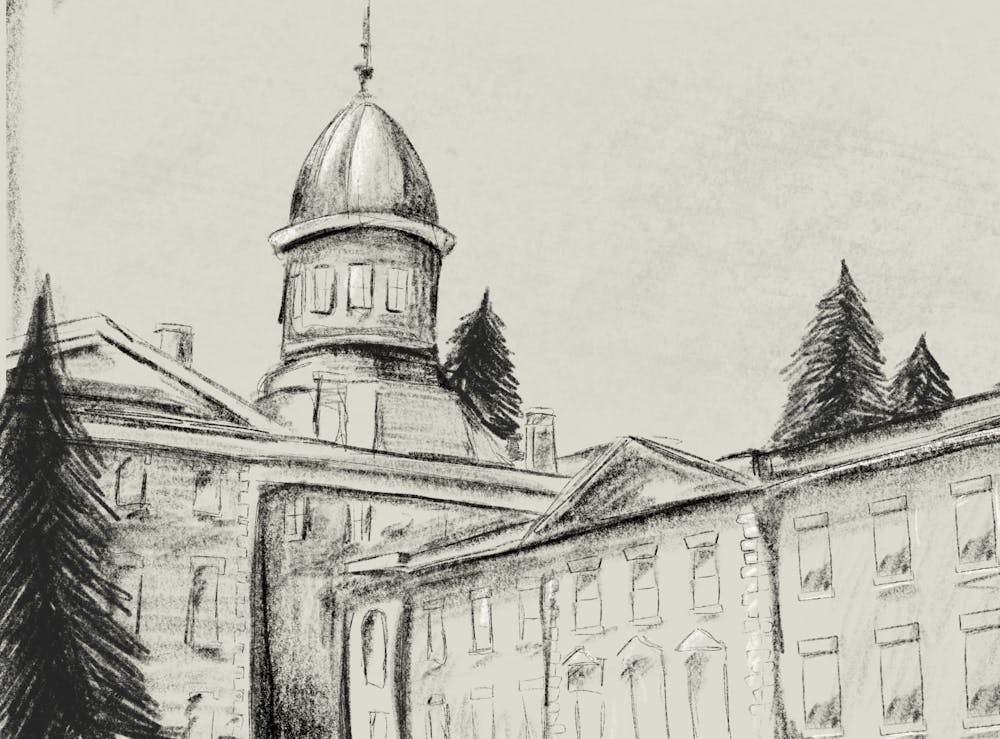For nearly two centuries, the South Carolina State Hospital housed and treated patients on the 181-acre BullStreet District. During that time, thousands of patients came through the door of the historic mental asylum to be treated for their illness.
After being virtually abandoned for over two decades, Hughes Development Corporation, a Greenville-based firm, began a 20-year transformation plan with the campus, which will end with the BullStreet District becoming what is referred to as a "city within a city." Hughes Development is currently in its sixth year of the 20-year plan.
“When we say 'city within a city,' part of what that means is that Bull Street has to serve everybody,” Chandler Cox, project manager at Hughes Development, said.
Historically, the hospital also served as a city within a city. It was self-sustaining with a farm, bakery, dairy, fire station and ice factory made up of multiple buildings around the campus.
Perhaps the most well-known and historically significant building on the campus is the Babcock Building. According to Director of Cultural Resources for Historic Columbia John Sherrer, the transformation of this building into apartment complexes will be a "key component" to the BullStreet District's evolution.
The over-250,000 square foot Babcock Building served as an entrance point to the area where patients lived and where many employees worked.
Sherrer said this renovation project is an "exciting chapter in the capital city's evolution" and that this project is adding "vitality to a signature structure."
The Babcock Building has been abandoned since 1996, and the building and surrounding area have not been open to the public. Trespassing onto the BullStreet District could result in a fine of up to $500 or 30 days in jail.
"Aside from the legal consequences, we do not want citizens to trespass at various locations and become physically injured," Jennifer Timmons, public information officer at Columbia Police Department, said in an email interview.
Cox said the goal is to maintain a 6 1/2 days a week, 18 hours a day activity level. This would allow residents to live, work and play all within Bull Street, utilizing the many restaurants, living and entertainment options.
The BullStreet District is aiming to be inclusive and offer something for "every price point," including rental and for sale options.
The Babcock Building apartment complex is being historically renovated by Clachan Properties, a Richmond, Virginia, based company. The company is working with the National Park Service and State Preservation Office to ensure the building is respected throughout the construction process.
“There’s a very specific plan that you create with the National Park Service and State Preservation Office when you do these kinds of projects to make sure you are using original building materials; sort of recreating what was there rather than using all new modern methods and materials,” Cox said.
Once the apartment complex is complete in late 2022, there will be 208 apartments. Because the Babcock Building was built over so many years, no hallway will look the same, and each apartment will be built differently.
“Vital structures lead to vital communities, and this is an unprecedented opportunity for the city of Columbia,” Sherrer said.
He also said there are many resources online to learn about the campus' history, including Historic Columbia.

